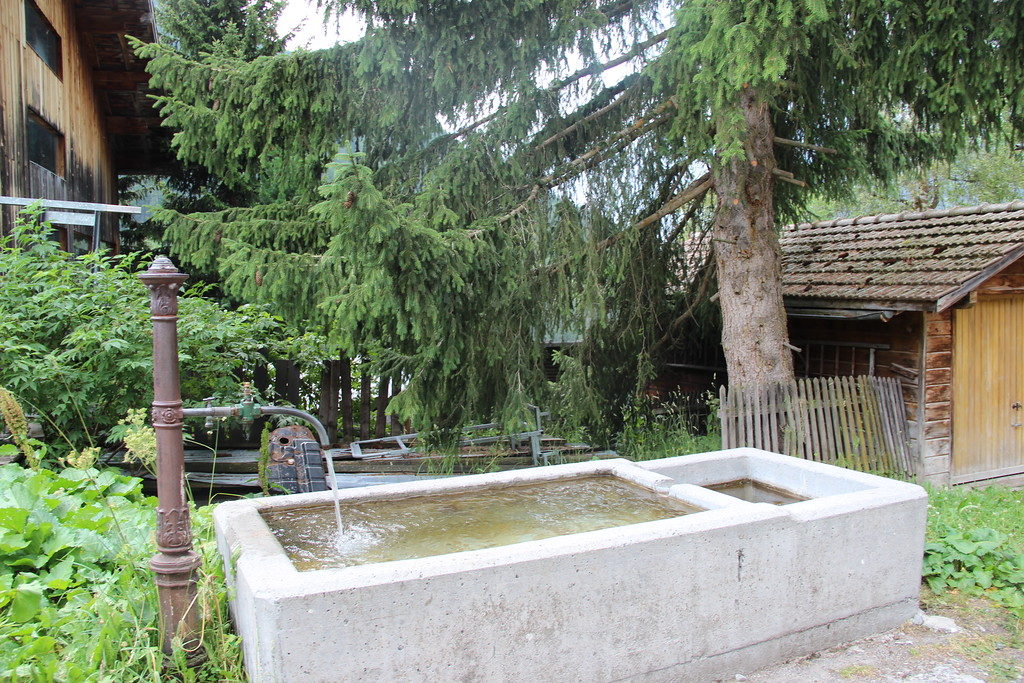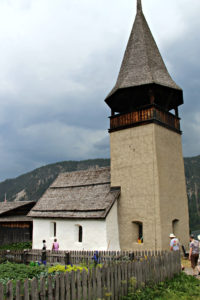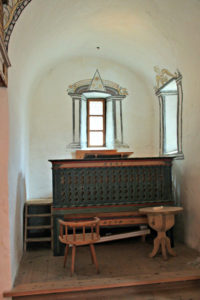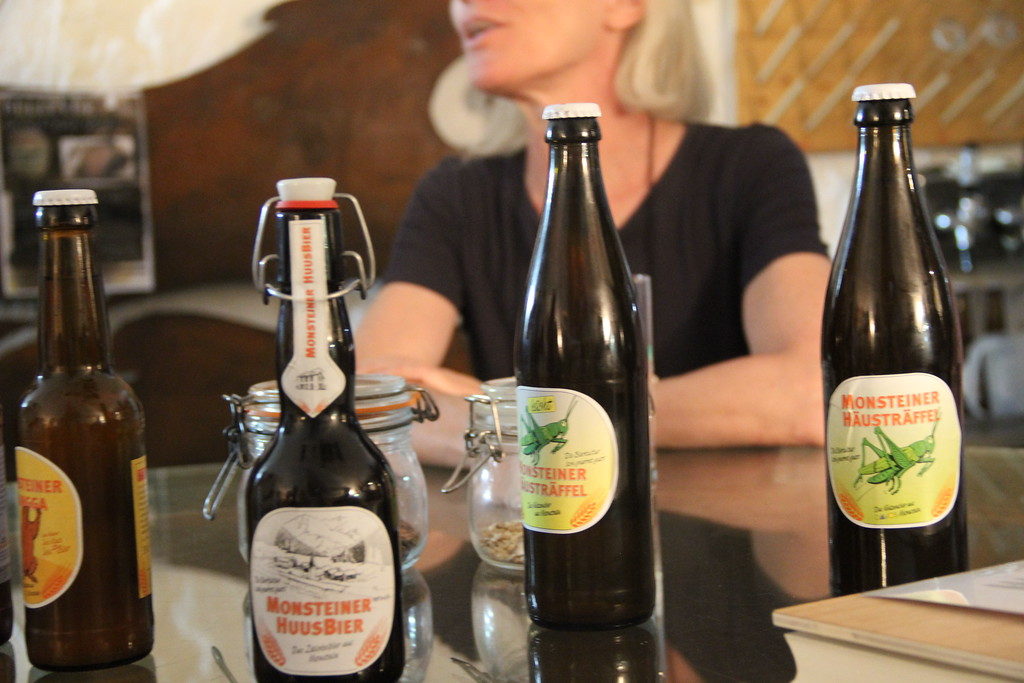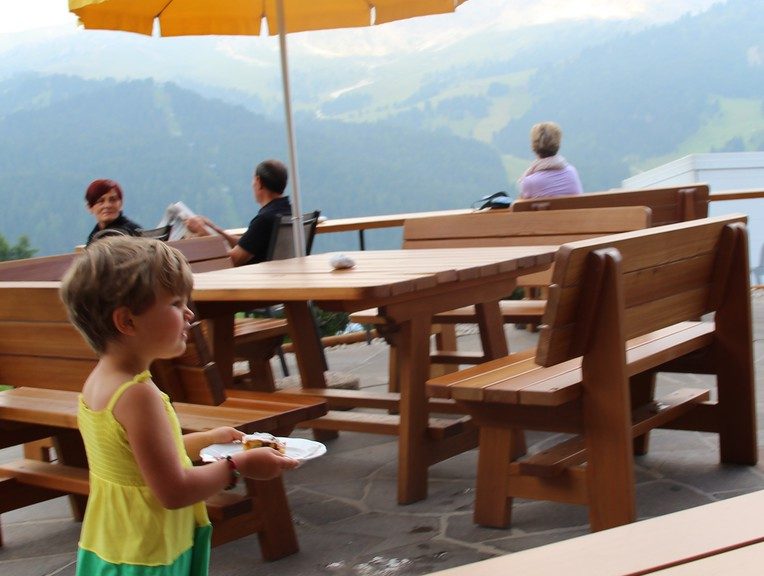
Dolomites to Davos
The next morning we were on our way to Davos, Switzerland. Our first stop was near the remains of World War I battlegrounds and bunkers. Austrians and Italians fought here in the Dolomites. Despite this not being a well-known battlefield, conditions were very tough and many lost their lives.
In subzero temperatures men dug miles of tunnels and caverns through glacial ice. They strung cableways up mountainsides and stitched rock faces with rope ladders to move soldiers onto the high peaks, then hauled up an arsenal of industrial warfare: heavy artillery and mortars, machine guns, poison gas and flamethrowers. And they used the terrain itself as a weapon, rolling boulders to crush attackers and sawing through snow cornices with ropes to trigger avalanches. Storms, rock slides and natural avalanches—the “white death”—killed plenty more. After heavy snowfalls in December of 1916, avalanches buried 10,000 Italian and Austrian troops over just two days.
Source: https://www.smithsonianmag.com/history/most-treacherous-battle-world-war-i-italian-mountains-180959076/
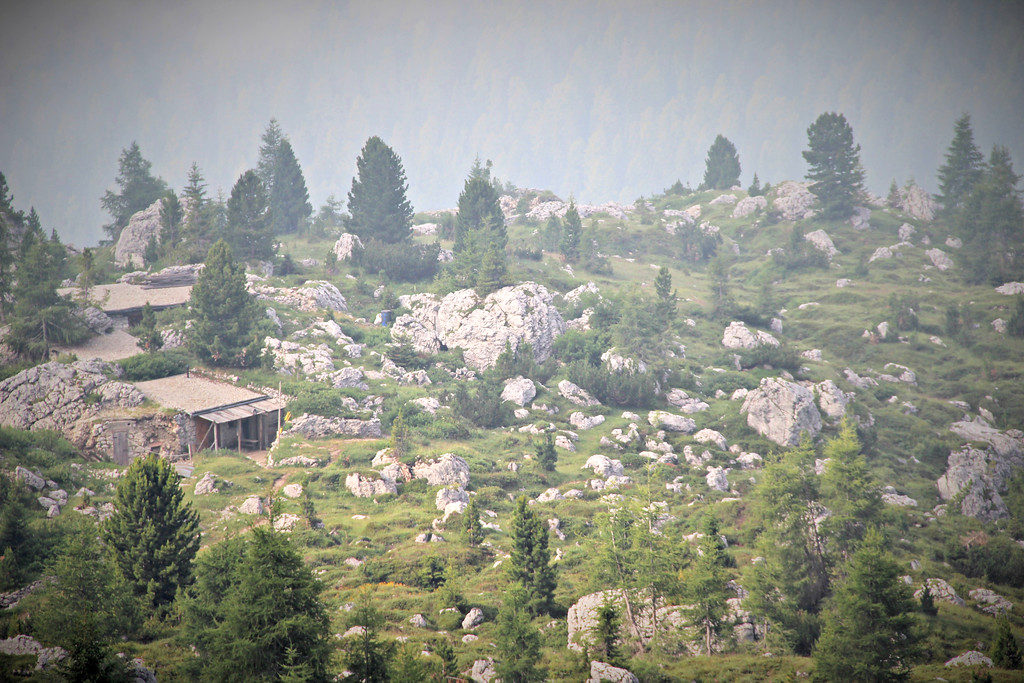
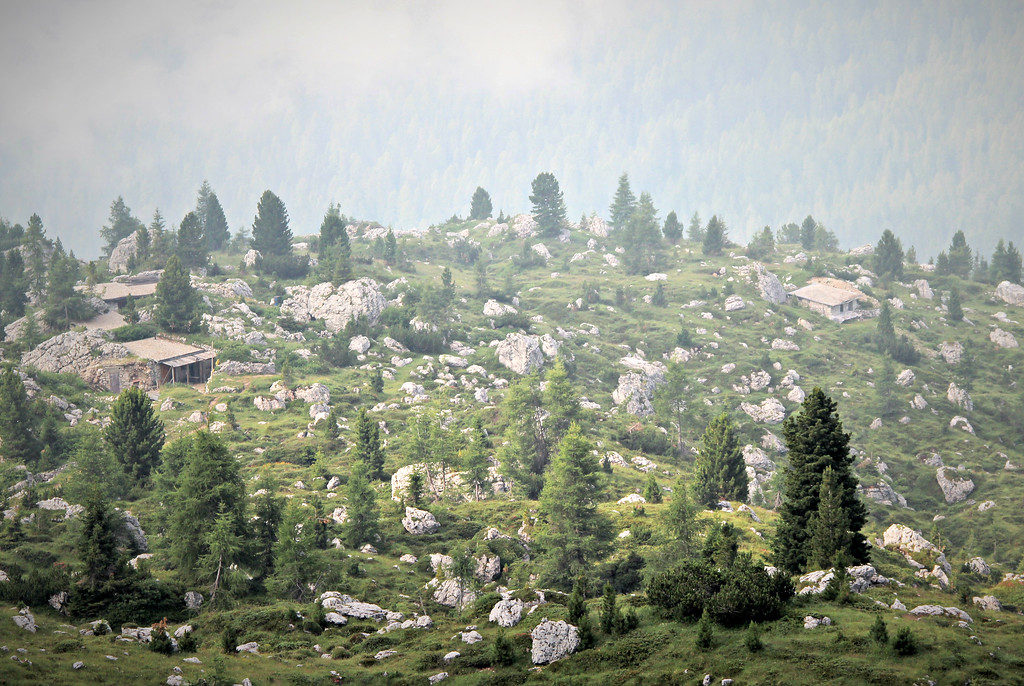
As we drove, we also saw beautiful farm fields and meadows of flowers. We were treated to more beautiful views of the Dolomites as well.
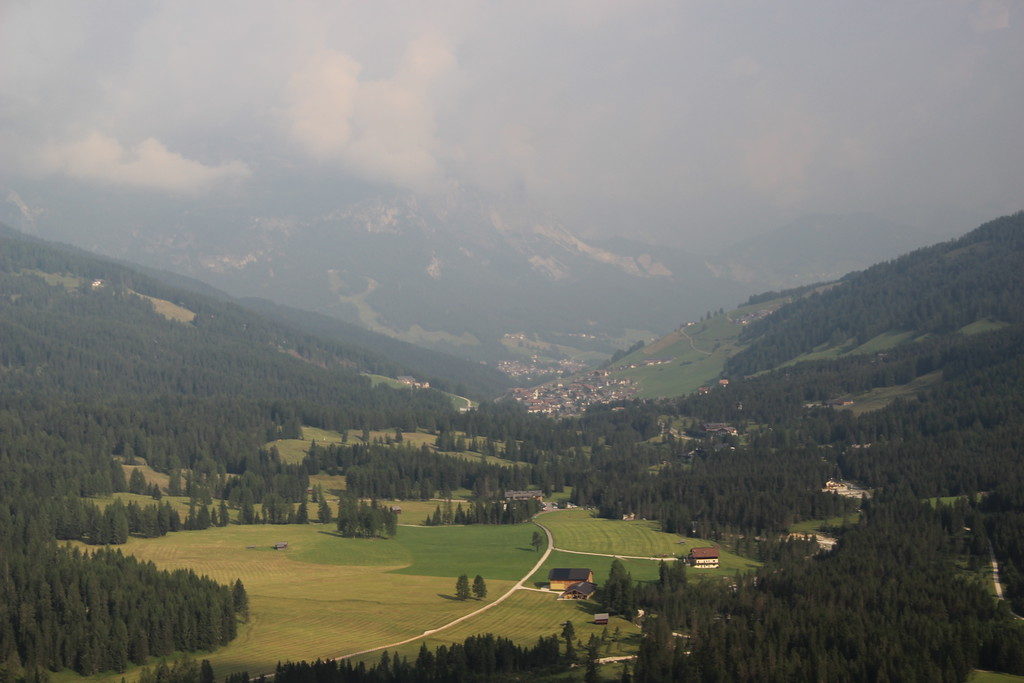
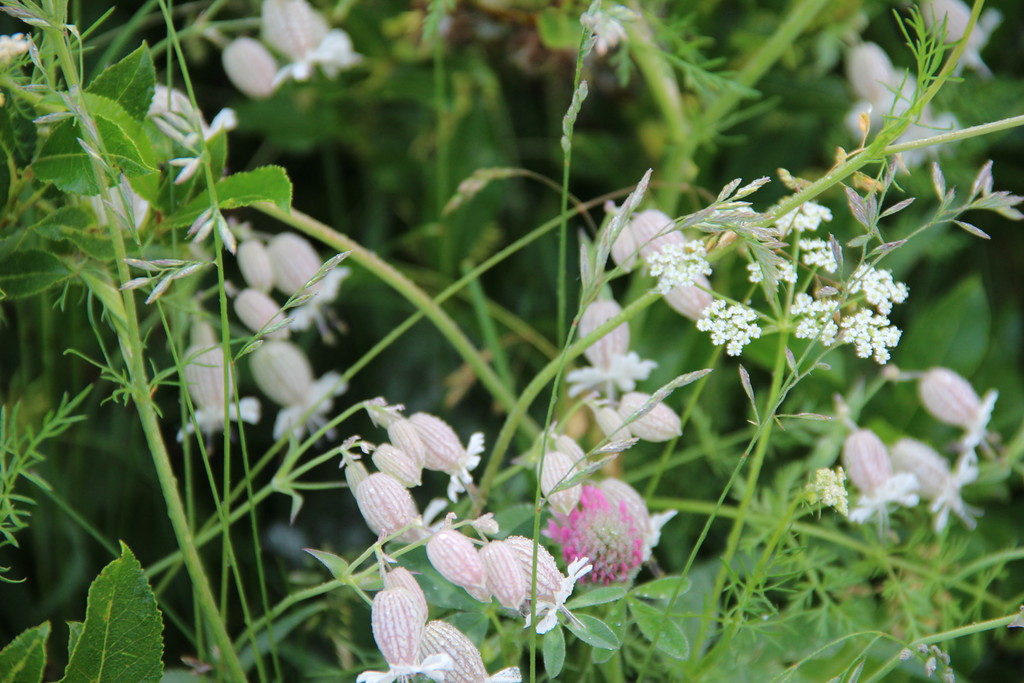


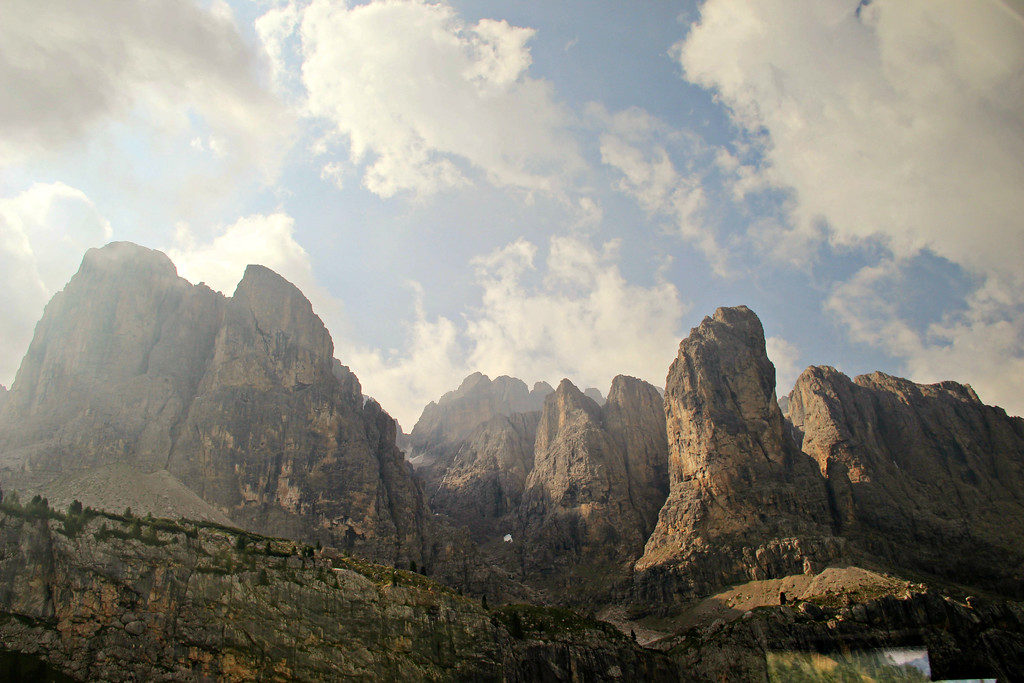
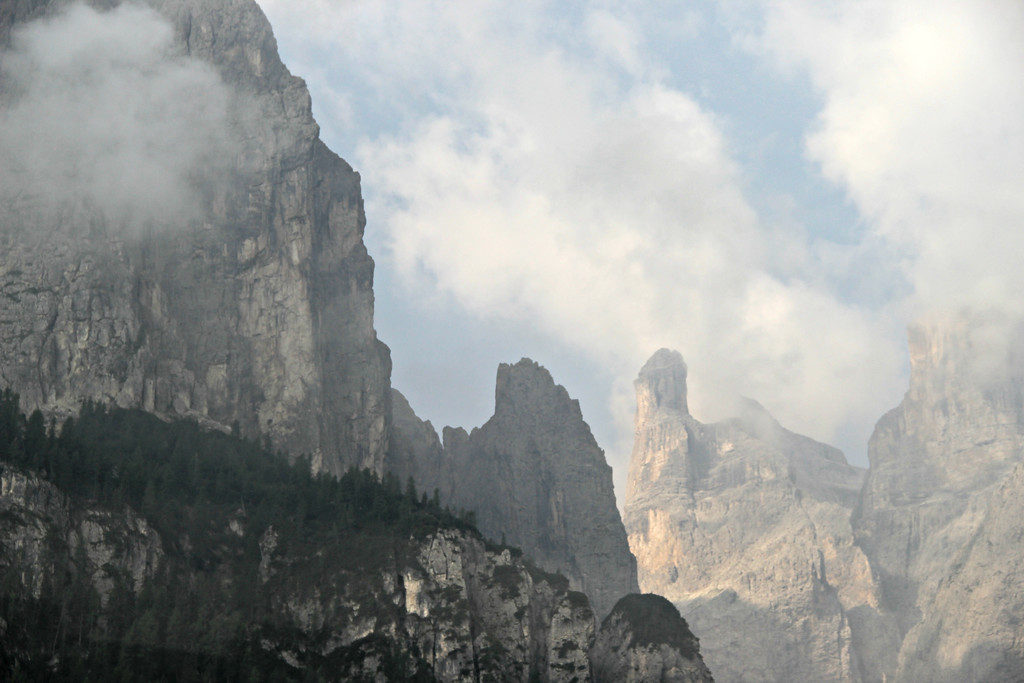
We stopped at a chalet for a morning snack and were served by a charming little girl and her mother (picture above blog title). We next headed for Bolzano, Italy. The first picture is one I took as we approached the town. Like several other small towns, some of the buildings and homes had beautiful paintings on their exterior.
We then visited the South Tyrol Museum of Archaeology in Bolzano. No doubt the most well-known exhibit at the museum is the “iceman,” named Otzi. He was discovered in 1991 and was determined to be from the Stone Age. He had been buried in ice, preserving his body, clothes and some of the implements he carried with him. The picture below is of a model of Otzi, but we could also see his body through a window in a refrigerated cell that simulates glacier conditions. Hundreds of scientists have studied him. It was determined he was killed from an arrow that struck an artery in his shoulder.
One of Bolzano’s churches, the Assumption of Our Lady Cathedral, is pictured below. The church was not open while we were visiting. There are also castles in the area. The last picture depicts the ruins of one of these castles.


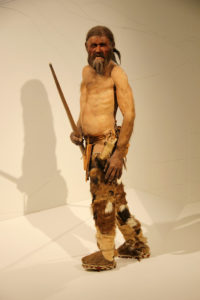
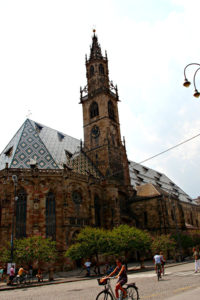
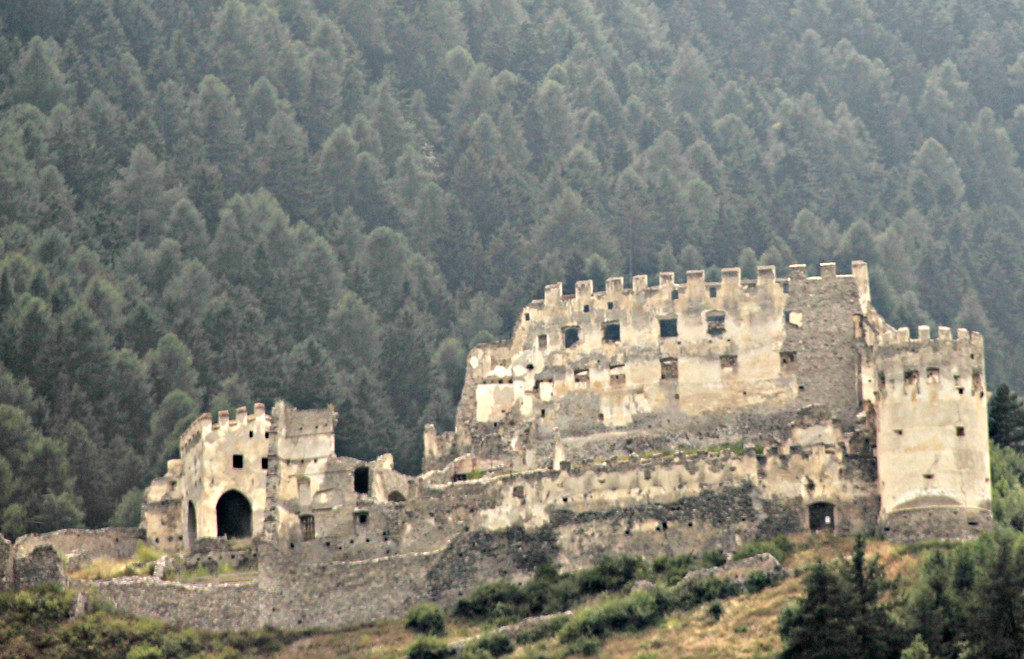
The next part of our trip provided a different kind of transportation. Our entire bus boarded a train and we traveled through a tunnel to Davos. The picture immediately below shows one of these trains arriving in the station. You can see some of the vehicles on the train. When we arrived in Davos, we took the other two pictures from the balcony of our hotel room. Davos is said to be the highest town in the Alps. It is also the site of the annual World Economic Forum.


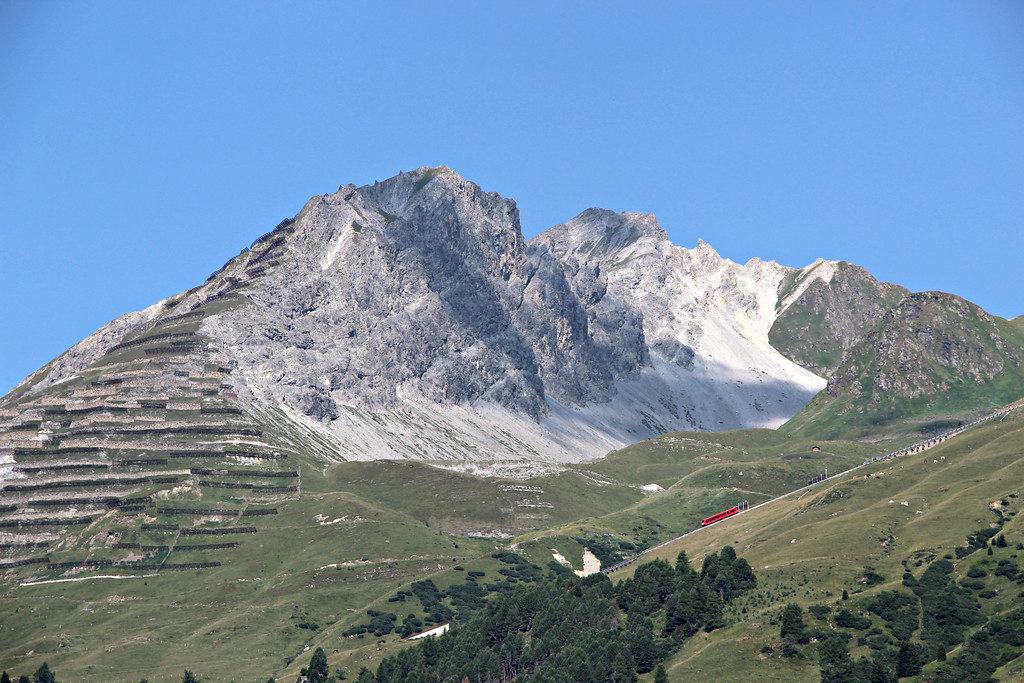
The next morning we traveled into the mountains to Clavadeler Alp. A man played the alphorn which was once used to gather herds of cattle. We also saw a demonstration of how Swiss cheeses are made.
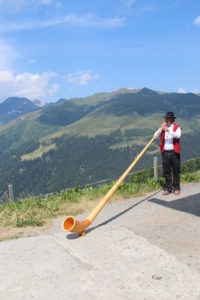
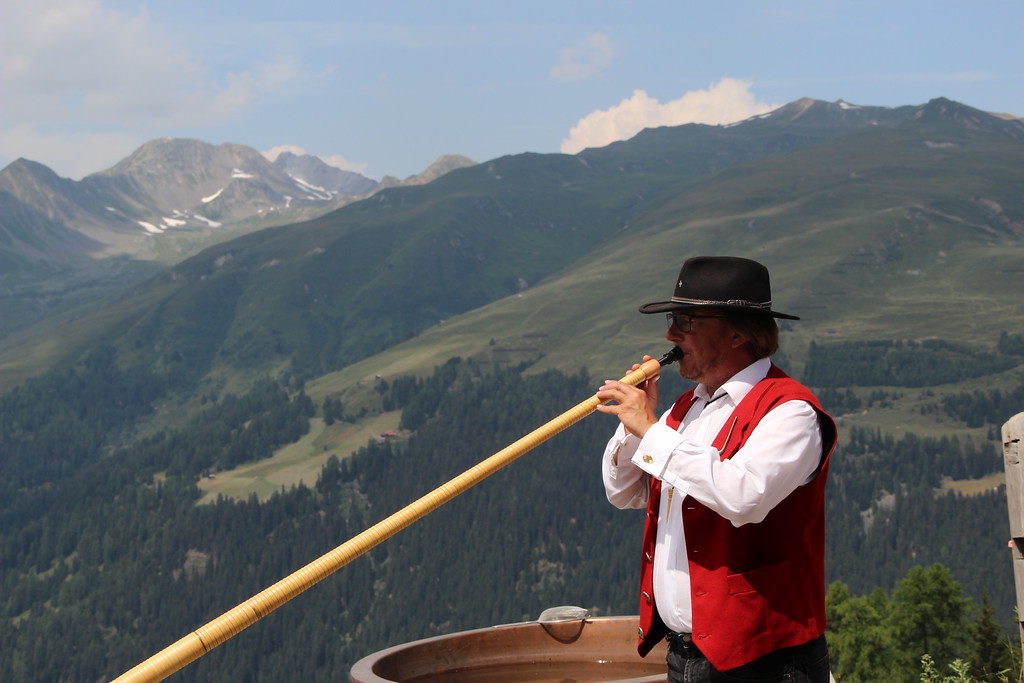
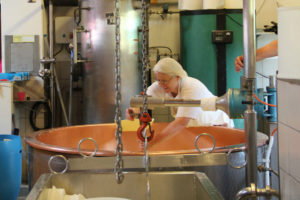
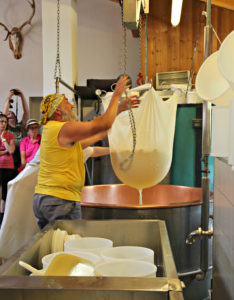
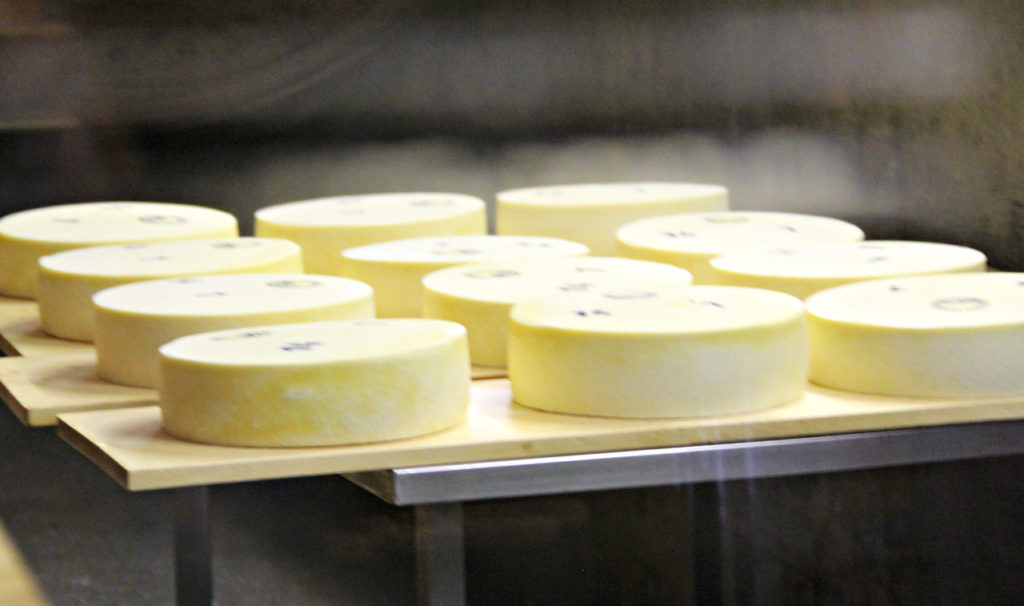
Before returning to Davos for the night, we went to Monstein. It is a village of about 200 people and has an elevation of about 5,400 feet. There are ten village fountains, one of which is pictured below. There are also pictures of Church Frauenkirch which was built in the 14th Century in honor of the Virgin Mary. The tower was built in the 15th Century. Monstein is home to the highest brewery in Europe using water from mountain streams in the crafting of its beers. We enjoyed samples of some of these beers before we headed back to Davos.
